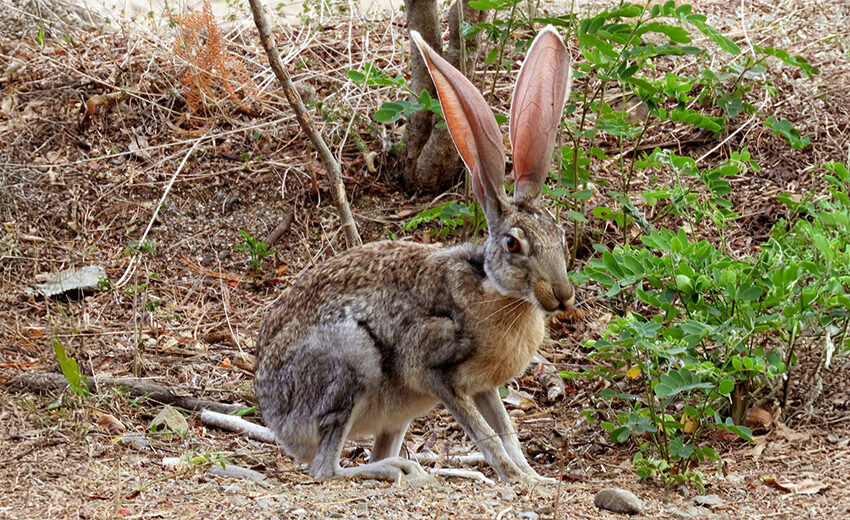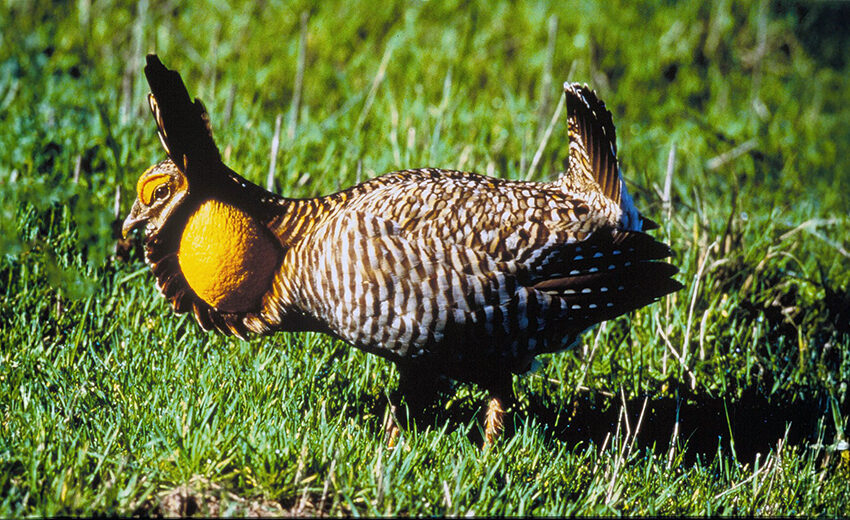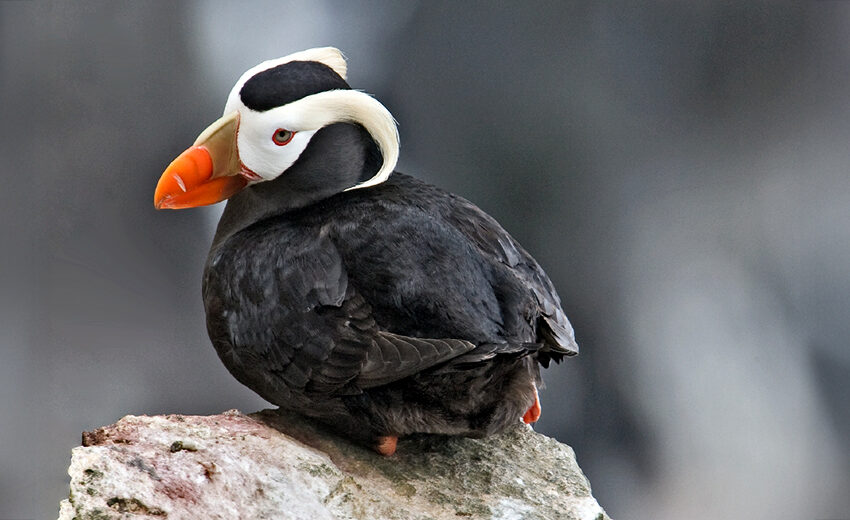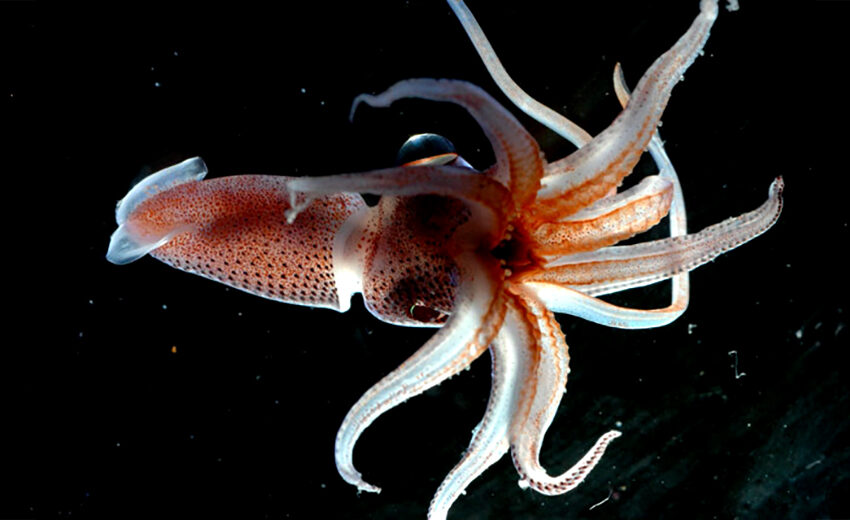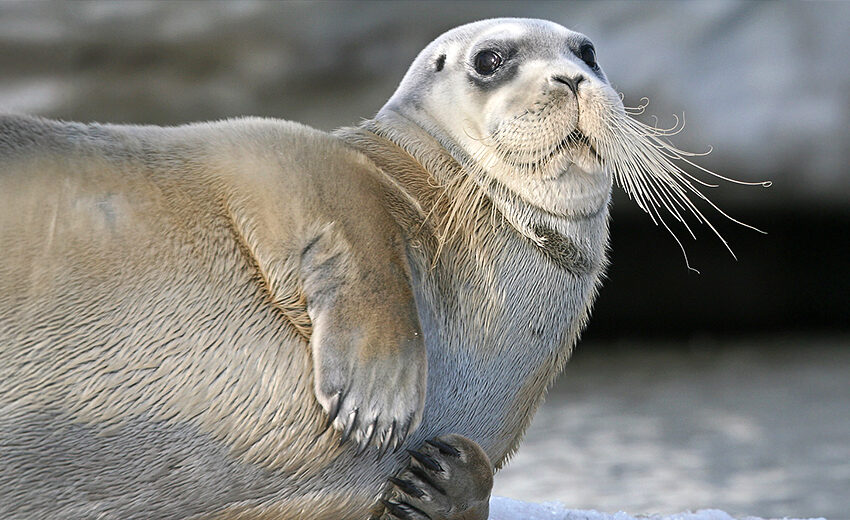Thought of as the handsomest of the hare species, it’s the antelope jackrabbit, aka Allen’s hare, from Mexico and Arizona. These lagomorphs are among the last mammals discovered in North America. They face the threats of habitat loss at the hands
- Zoology
- Daily Critter Facts
- For Teachers
- Study Guides
- Diseases & Parasites
- Contact


